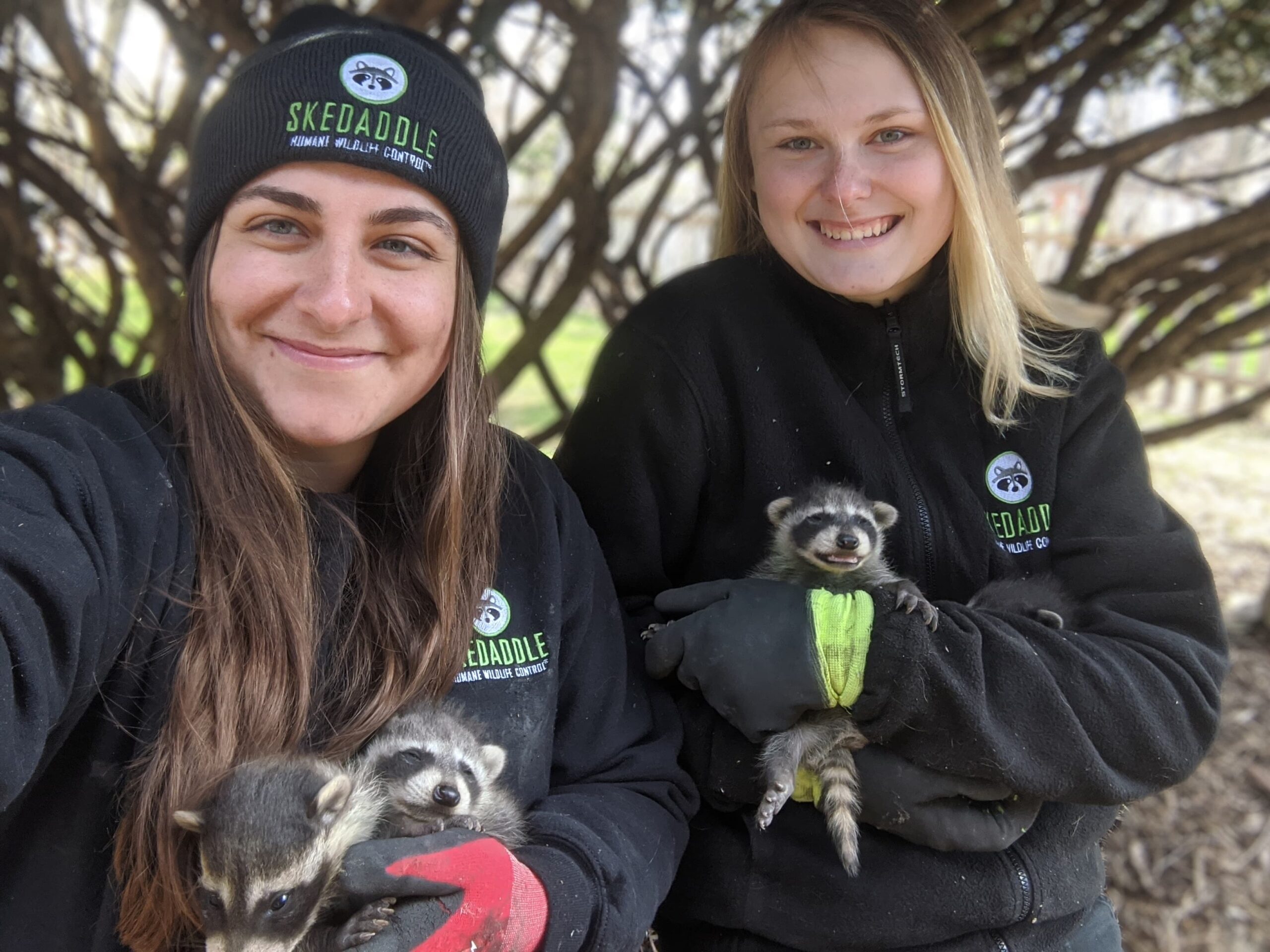Wildlife rescue services provide medical care to animals that are sick or hurt. The goal is restoring the animals back to health and re-releasing them into the wild, but this is not always possible. Sometimes certain creatures cannot return to their original habitat. In cases such as these, the wildlife rescue facility becomes their new home.
Like many other organizations, wildlife rescue services are experiencing difficulties at the moment because of the COVID-19 pandemic. They receive most of their funding from educational outreach programs, which have been put on hold in the interest of slowing the spread of the novel coronavirus. Some have had no choice but to reduce staff and turn animals away. For example, the Soper Creek Wildlife Rescue in Durham, which has only been in operation for four years, has had to turn away many necessary volunteers. As a result, feeding the 100 animals that make their home there takes a couple of hours due to the reduced manpower.
Though the situation seems bleak, there is still hope. There are things that you can do to help relieve the strain on wildlife rescues that are already struggling.
1. Contact the Right Professionals
Many people do not understand the difference between wildlife control and wildlife rescue. The former involves removing animals that have moved into human homes and made themselves a nuisance, while the latter provides medical treatment to wild animals that are sick or injured and can’t survive on their own. Many people mistakenly contact wildlife rescues to get help with removal, but a wildlife rescue is not equipped to handle that. Contact an organization such as Skedaddle that provides humane wildlife control if that is what you really need. Don’t bother wildlife rescues that are already under a lot of pressure.
2. Be Sure the Animal Is Really in Trouble
If you find baby animals on your property, and there is no parent in sight, do not jump to the conclusion that they are abandoned and rush them immediately to a wildlife rescue. Many animals have to leave their babies temporarily to find more food, but they haven’t abandoned them altogether. If you are concerned, observe the babies for a while, usually leaving them overnight as most wildlife are nocturnal, and see if the parent comes back. Conduct some research into the specific creature to see if you can find out how long the babies can be left on their own. Even if the babies are really orphaned and in need of help, contact the appropriate organization for advice rather than handling them yourself.
3. Don’t Contribute to the Problem
Sometimes baby animals are orphaned and in need of rescue because of inhumane attempts at animal control. People trap and kill the baby animal’s mother when she goes out to find food for her offspring, and the babies are left behind without food. If there are baby animals in your home, humane wildlife control safely removes them, allowing the mother to relocate them elsewhere without the need for intervention by wildlife rescue services. By choosing not to set traps for nuisance animals, you help relieve the burden on these services that are already under strain.
4. Help Spread the Word
Now that you know what is necessary to assist animals and support wildlife rescues, help to get the message out. Talk to your neighbours about humane wildlife control as an alternative to traps and other inhumane methods and about responding appropriately when they find baby animals on their property. Explain to them the difference between wildlife rehab and wildlife removal and encourage them to make the right contact based on the situation.
Wildlife Control Pickering Supports Soper Creek Rescue
Even before the pandemic, Skedaddle Humane Wildlife Control partnered with Soper Creek Wildlife Rescue to support them in their mission. Join us in our common goal of protecting wildlife and returning animals to their homes.



